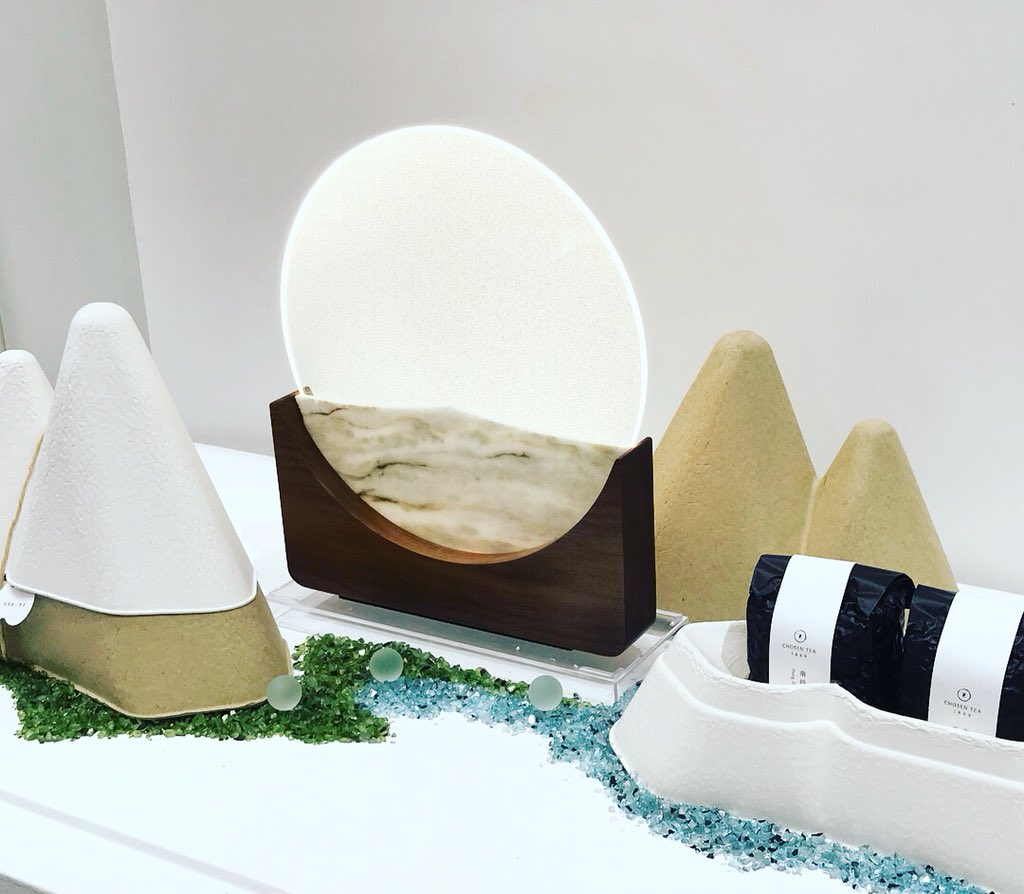

While wanting to make the most out of the academic opportunities available, I believe that the final years of student life should not be compromised. My academic plan follows a balance between work and play.
#Victoria jing xiang free
I enjoy playing Floorball during my free time, hence you may find me participating in NUS Floorball trainings as well as RC4 Floorball Interest Group! Frontiers in Molecular Biosciences.Hello, I’m Jing Xiang, a Year 3 Chemical Engineering undergraduate intending to minor in Computer Science. Guo, J Xiao, N Li, H He, L Li, Q Wu, T He, X Chen, P Chen, D Xiang, J et al. Transformer-Based High-Frequency Oscillation Signal Detection on Magnetoencephalography From Epileptic Patients. Jiang, W Sun, J Xiang, J Sun, Y Tang, L Zhang, K Chen, Q Wang, X. Frontiers in Human Neuroscience.Īltered Neuromagnetic Activity in Persistent Postural-Perceptual Dizziness: A Multifrequency Magnetoencephalography Study. Frontiers in Neuroscience.Įditorial: High Frequency Brain Signals: From Basic Research to Clinical Application. Jiao, M Wan, G Guo, Y Wang, D Liu, H Xiang, J Liu, F. (2022) 2022: 572-575.Ī Graph Fourier Transform Based Bidirectional Long Short-Term Memory Neural Network for Electrophysiological Source Imaging. Guo, Y Jiao, M Wan, G Xiang, J Wang, S Liu, F. 2022.ĮEG Source Imaging using GANs with Deep Image Prior. Jiao, M Liu, F Asan, O Nilchiani, R Ju, X Xiang, J. Journal of Integrative Neuroscience.īrain Source Reconstruction Solution Quality Assessment with Spatial Graph Frequency Features.

Xiang, J Tong, H Jiang, Y Barnes-Davis, ME. Spatial and Frequency Specific Artifact Reduction in Optically Pumped Magnetometer Recordings. Brain and Behavior.Įditorial: EEG/MEG based diagnosis for psychiatric disorders. Li, Y Chen, J Sun, J Jiang, P Xiang, J Chen, Q Hu, Z Wang, X. Journal of Headache and Pain.Ĭhanges in functional connectivity in newly diagnosed self-limited epilepsy with centrotemporal spikes and cognitive impairment: An MEG study. Ren, J Yao, Q Tian, M Li, F Chen, Y Chen, Q Xiang, J Shi, J. Read MoreĪltered effective connectivity in migraine patients during emotional stimuli: a multi-frequency magnetoencephalography study. My research has been published in Frontiers in Human Neuroscience, The Journal of Headache and Pain and World Neurosurgery. I have more than 20 years of expertise in my field and began working at Cincinnati Children’s Hospital Medical Center in 2006. Being a member of the Data Sharing Committee in MEG North America.Being an editor of Frontier in Human Neuroscience.Becoming a reviewer for the National Institutes of Health (NIH) Biological Measures for Prognosing and Monitoring of Persistent Concussive Symptoms in Early and Middle Adolescents: Center without Walls (PCS-EMA CWOW).Some recognitions and honors I have achieved include: My colleagues and I also discovered that the human brain produces high-frequency neuromagnetic signals, which unlocks an entirely new avenue for research and clinical applications. One notable discovery in my research was finding that MEG could noninvasively and correctly localize epileptogenic zones for pediatric epilepsy surgery for improved medical outcomes. Our hope is that using bio-magnetic signals for detection, such as magnetoencephalography (MEG) and magnetocardiography (MCG), will eventually substitute using bioelectric signals, such as electroencephalography (EEG) and electrocardiography (ECG), for detection.
#Victoria jing xiang skin
In my research, colleagues and I found that spotting magnetic signals is better than spotting electrical signals since magnetic signals can move through the skin and skull without alteration. The conventional method for treating epilepsy is a type of surgery in which electrodes are placed directly into or on the brain, which is more prone to error and more costly. When I learned about risky and invasive conventional therapy for epilepsy surgery, I became interested in magnetoencephalography and bio-magnetic technology. My colleagues and I are working to develop innovative bio-magnetic technology to correctly localize epileptogenic zones or pathological brain regions for advancing successful therapeutic results for epilepsy, migraines and other neurological conditions. My research areas include epilepsy, migraines and magnetoencephalography (MEG). Since neurological disorders impact many patients, families and caregivers, it is vital to pursue neurological scientific research. Globally, more than 50 million people have epilepsy, while more than 45 million individuals live with dementia. Neurological conditions, such as epilepsy and migraines, affect hundreds of millions of patients worldwide.


 0 kommentar(er)
0 kommentar(er)
